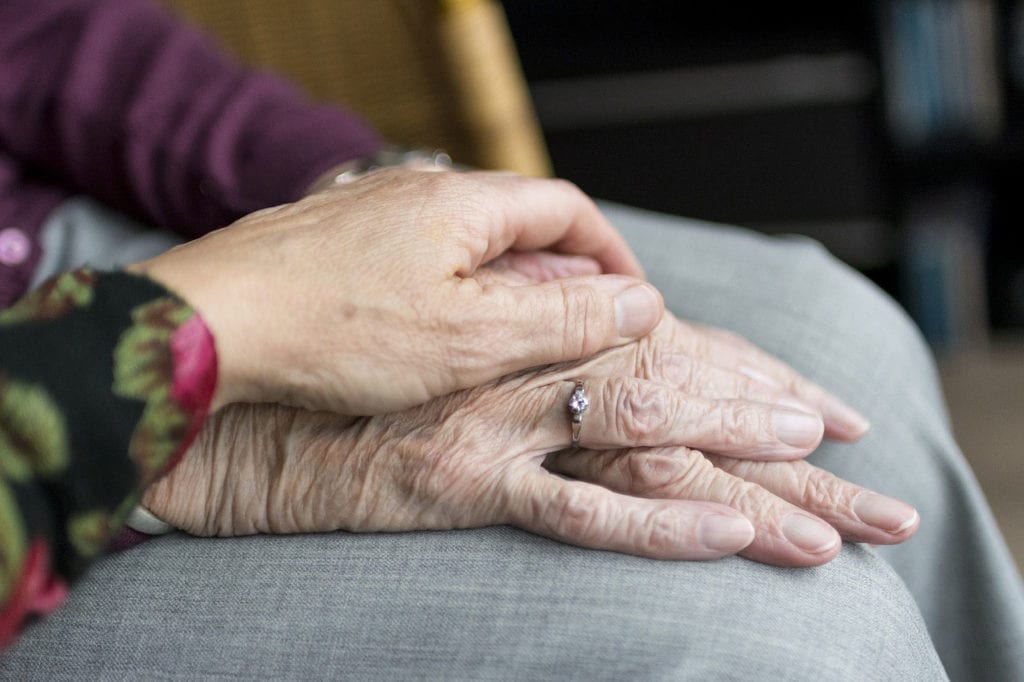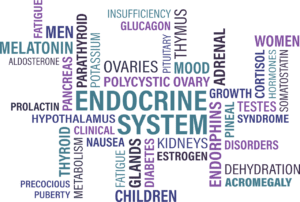According to a recent article from Medscape, older patients being treated for Graves’ disease should not be deterred from thyroidectomies, as they result in low rates of hypoparathyroidism.
Graves’ disease is an autoimmune condition that results in an overactive thyroid. The immune system fights the thyroid, leading to an overproduction of thyroid hormone. If untreated, damage can occur to the heart, bones, and muscles. Issues may arise with fertility and the menstrual cycle, as well as with the eyes and skin.
Graves’ disease affects one of every 200 people in the United States, and it is the most common cause of hyperthyroidism. Those between the ages of 30 and 50 are at the highest risk of developing this condition, and females have a much higher chance of being affected as well.
Symptoms:
- Fast, irregular heartbeat
- Diarrhea or frequent bowel movements
- Goiter
- Heat intolerance
- Nervousness
- Irritability
- Tiredness
- Muscle weakness
- Trembling hands
- Issues with sleeping
- Weight loss
- Retracted eyelids
- Bulging eyes
- Double vision
- Swelling around the eyes
A less common symptom of this disease is Graves’ dermopathy, which is when the skin on the sides of the shins thickens and turns red.
Low Risks
Carolyn Seib, MD, an assistant professor in the Department of Surgery, Stanford University School of Medicine, California, and her colleagues, conducted a study that resulted in a 2.3% rate of hypoparathyroidism after operations for Graves’ disease.
Other studies have found a 12.5% to 15% hypoparathyroidism rates, but studies from a few high-volume centers have come up with similar data to Seib’s.
Importance
A lowered risk of hypoparathyroidism after a thyroidectomy is important data for patients with Graves’ disease. Often clinicians and patients are deterred from operative management for Graves’ disease because of the risk. However, with the risks presenting as lower, it can help patients and clinicians feel comfortable going with the best treatment option.
Total thyroidectomy is typically the preferred treatment for those with Graves’ disease due to its efficacy and its low rate of recurrence. There are other treatment options for older adults, including certain medications, that doctors will recommend.
“The risk of permanent hypoparathyroidism among older adults with Graves’ disease treated with thyroidectomy is low and, therefore, concerns about this complication should not deter clinicians and patients from seeking out operative management if it is the best treatment option for them,” said Carolyn Seib, MD.




-300x199.jpg)


